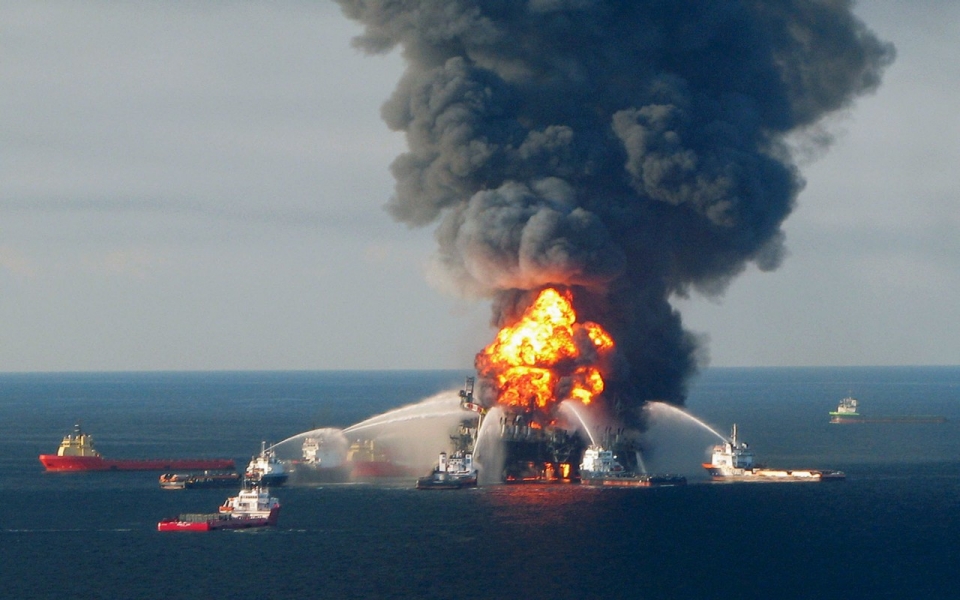Achievements of technological progress increasingly bring harmful consequences for the environment, causing the oppression of ecological systems and the disappearance of unique natural complexes. A special place in this issue is given to the oil industry, which makes a considerable contribution to the poisoning of nature. Emissions of toxic substances from refined oil, tanker accidents, oil platform explosions, accidents at drilling rigs and wells. To prevent all possible disasters in the oil and oil refining industry today is almost impossible. But there are a number of measures to eliminate oil spills and oil products, the timely adoption of which is able to stop the harmful effects on ecosystems.
Causes of Oil Spill
Oil production is combined by a whole complex of production facilities that are interconnected by various piping and power transmission systems, as well as by the organization of the work process itself. Of the main structures of this complex, there are:
- wells (production, exploration, observation and injection),
- stations
- oil storage facilities
- pipelines
- platforms and more.
And each of them carries a potential threat of oil and oil products spill. Almost all stages of the operation in the oil industry, as practice shows, are accompanied by individual accidents.
The main causes of spills:
- Emergency spills during mining and transportation.
- Illegal tapping into oil pipelines.
- Deterioration of equipment.
- Violation of the rules for the operation of equipment.
- Inoperative response.
- Imperfect technology.
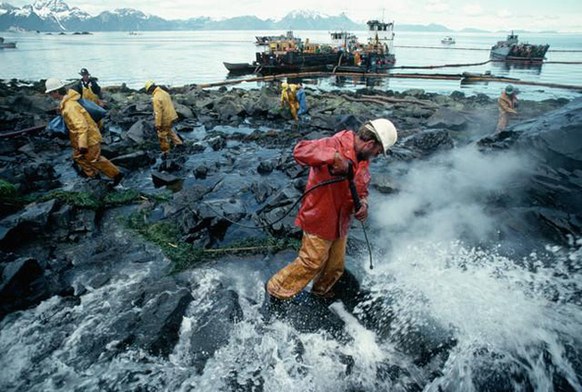
Oil spill emergency
Unfortunately, environmental disasters triggered by surface oil spills are becoming more frequent. A spill should be understood as the discharge of oil and oil products onto the soil cover (soil), surface of the water, coastal zone of rivers and other water bodies. As a result of this, substantial damage is sustained for a long time to the whole of nature.
Emergency oil spill covers a considerable area. In some fields, the number of spills sometimes reached several accidents per day. But in time, the measures taken helped to stabilize the situation and reduce the negative consequences. It should be noted that it is not always immediately possible to eliminate the causes of the accident due to the inability to quickly arrive in time for the scene. And, as a result, oil floods significant areas and falls into the water. The average annual amount of oil spilled in Russia is 19-20 million tons per year, which is about 7% of production.
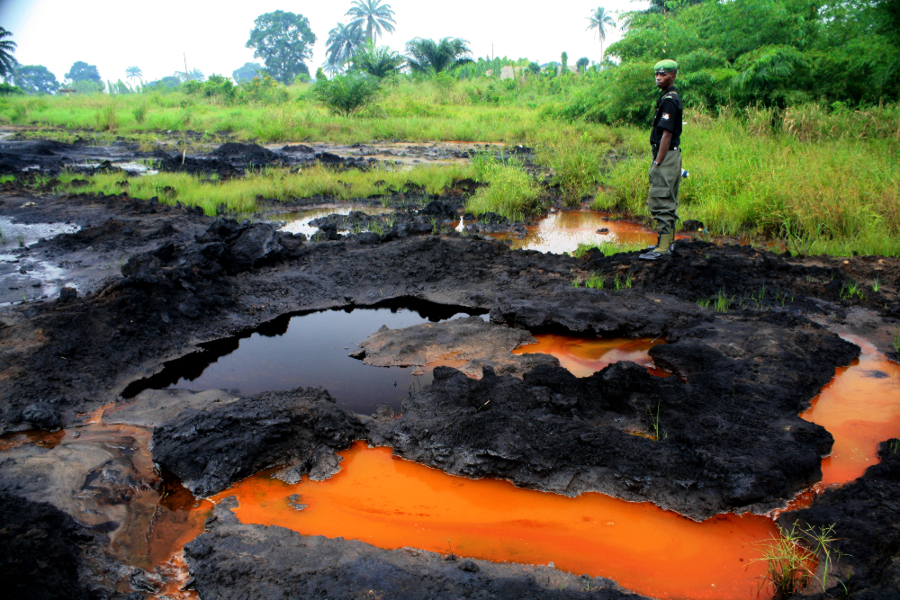
Consequences of oil pollution
Oil spill is one of the most common causes of pollution of terrestrial and aquatic ecosystems. As a consequence of this, the course of natural processes is disrupted, which leads to a change in the living conditions of living organisms. Spilled oil from tankers and pipelines causes the death of everything it comes into contact with: all vegetation is destroyed, the affected areas become unsuitable for any animals to live. For example, once mangrove swamps swarming with life now disappear and go down in history.
The oil film on the surface of the reservoir disrupts its biological processes and causes oxygen deficiency, changing the composition of the water. Oil and fuel oil settling at the bottom give secondary pollution. All this leads to a decrease in the population of fish, waterfowl and mammals. The oil-covered bird has become a symbol of the environmental disaster caused by the oil industry.
Oil causes irreversible damage to human health, falling into household drinking water and objects. In recent years, the number of oncological diseases has almost doubled in cities such as Langepas, Megion, and Rainbow. In Nizhnevartovsk, drinking water is contaminated with oil products by 97%. The consequences of accidental spills will be felt for many more decades.
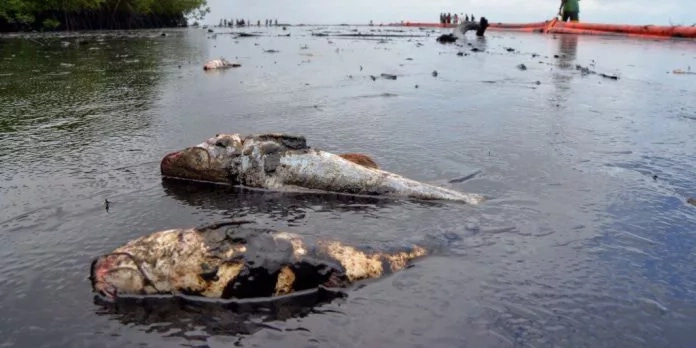
Threat to the oceans
Oil pollution poses the greatest threat to the life of the oceans. Annually, up to 14 million tons of oil products are supplied to it. A film formed on the surface of the water deprives oxygen of the marine flora and fauna. It was estimated that a liter of oil is enough to deprive oxygen of 4O0 thousand liters of sea water. The regular exchange of heat, moisture, gases, energy between the ocean and the atmosphere is also disrupted. From toxic compounds, primarily fry and plankton die.
The most serious danger is represented by large accidental spills of oil and oil products during the collapse of tankers and pipeline ruptures. A ton of oil can cover a film area of 12 km2 surface of the sea. Pollution of such seas as the Irish, Northern, Javanese, Mediterranean, as well as the Mexican, Tokyo and Biscay bays are alarming environmentalists around the world. It should be remembered that it is the World Ocean that plays a significant role in shaping the planet’s climate, it produces 70% of oxygen to ensure life on Earth.
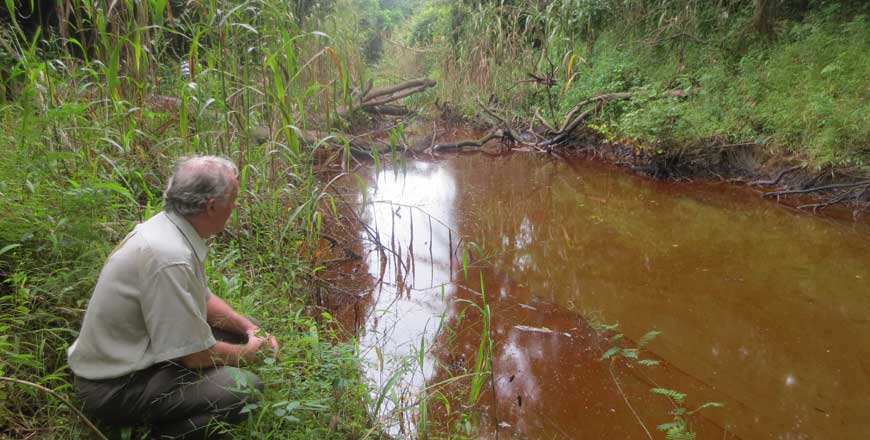
Spill containment
Whatever the magnitude of the spill, the losses cannot be avoided. This is a real tragedy for the local environment. Therefore, the location of the spill is a priority. Today, there are many technologies for quick response to accident sites. On land, the main support is the retaining wall, which is a massive fence. But in the case of large oil spills, trenches are connected to localization.
In the aquatic environment, the localization of the oil slick is carried out with the participation of booms. They are divided into the following types:
- repulsive (used in important environmental places and coastal protection),
- sorbing (absorb oil, reducing its concentration),
- inflatable (the initial environment of the spot).
Immediate localization of the accident site is the very first point in terms of oil spill response.
Basic spill response methods
The choice of method for eliminating oil pollution will be individual for each specific case. This is due to natural and climatic conditions, the topography and the volume of spilled oil. Spill response is a very time-consuming process and enormous financial costs, so preventing a problem is always preferable to eliminating it.
The following methods are used to eliminate oil pollution:
- Thermal. This method consists in burning a layer of oil with its sufficient thickness.
- Mechanical. It involves the collection of oil from manual scooping to machinery.
- Physicochemical. The method is used with a small thickness of the oil film using sorbents and dispersants.
- Biological. The advantage of this method is the use of natural microorganisms.
It is worth noting that even with the indicated methods, it is quite difficult to achieve good cleaning results at the sites of oil accidents.
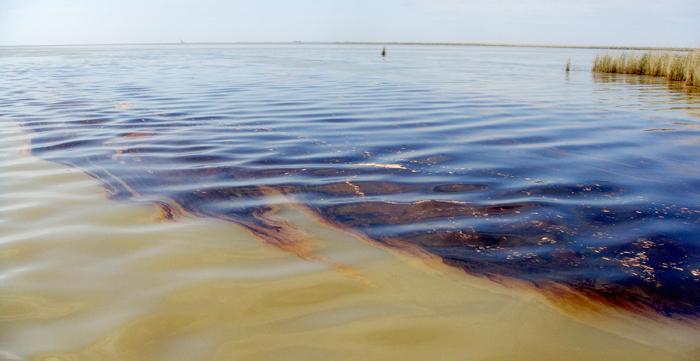
Collection of oil products from the water surface
To eliminate the spill of oil products, special oil scavengers are used that have specific combinations of devices. Oil skimmers are equipped with skimmers (oil skimmers) that collect the top layer of water along with the oil film. Based on the volume of spilled oil products and their composition, as well as on weather conditions, different types of skimmers are used.
Skimmers are divided into self-propelled, stationary, towed and portable. They also differ in the principle of their action:
- hydrodynamic (separation of liquids of different densities - oil and water),
- vacuum (suction of the surface layer of water for subsequent separation of oil),
- threshold (through passage of the threshold, water and oil are separated),
- oleophilic (oil products adhere to oleophilic materials).
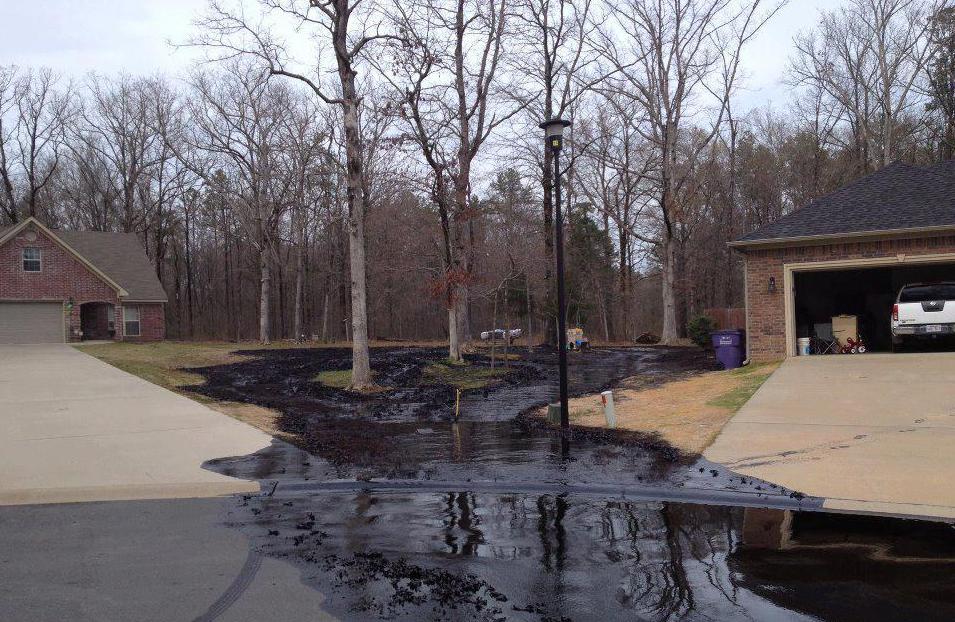
Recycling
After an oil spill is liquidated, huge volumes of collected waste require disposal. It should immediately be clarified that only the relevant authorities can make the final decision on the method of working with waste. First of all, the material is placed in temporary storage until the end of the emergency response. For example, if the coastline was being cleaned, then the waste storage site is located in the upper part of the beach, necessarily above the tide line. Export will be carried out in two stages: from temporary storage to intermediate, then to final disposal or processing.
Unfortunately, in the Russian state, the disposal of oil waste most often involves burial in special repositories. But this method of disposal is very unreliable, as waste continues to harm the environment.
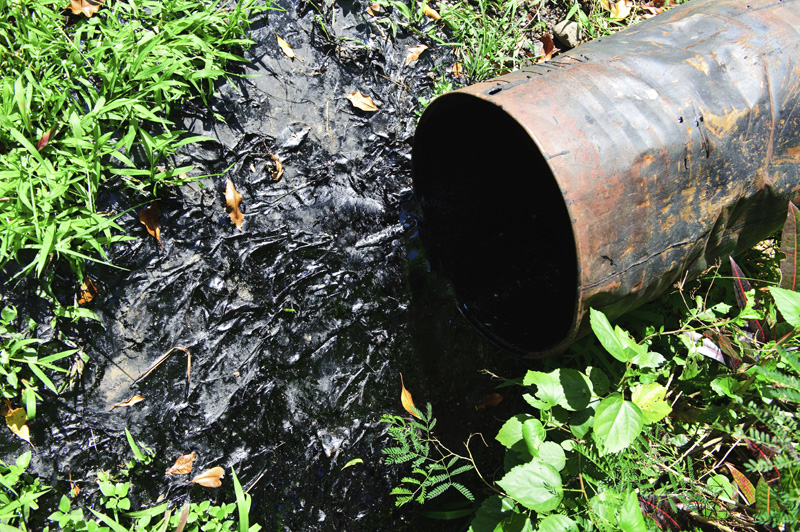
Oil Spill Prevention
It is impossible to foresee the exact time and place of the accident, as well as the scale of the entire accident. But in order to maximally prevent the risks of oil spills, an individual plan is developed for each specific enterprise where oil is extracted, stored or transported. The plan considers all possible emergencies and defines measures to prevent them, protect the territory and the environment when the accident is liquidated. All moments of the consequences of the spill are forecasted strongly: run-off routes and accumulations of oil products, impact on natural and household facilities.
To ensure greater effectiveness in measures to prevent oil accidents and their liquidation, the Government of the Russian Federation approved a set of regulatory documents regulating the activities of enterprises for the extraction, transportation, and refining of oil and oil products.
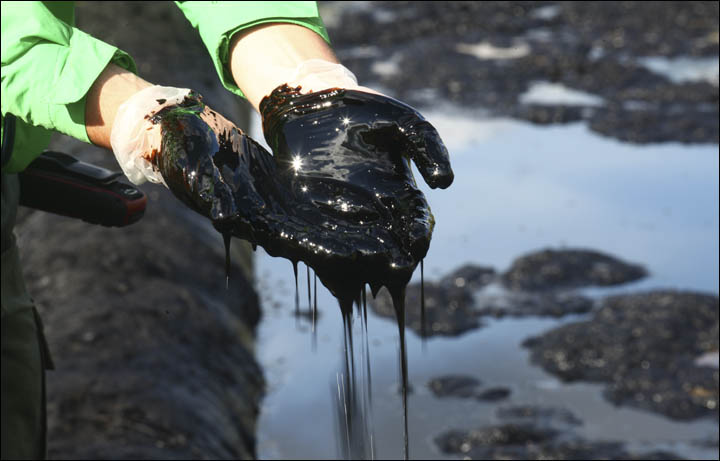
Conclusion
Environmental issues associated with oil spills are becoming increasingly priority for many states. In Russia, about 10 thousand only officially registered accidents occur annually, but no one can give these numbers. Given the current state of things, the main task is to minimize the harmful effects of accidents on the environment. Therefore, when responding to oil and oil spills, the response rate of personnel, the quality of the collection of raw materials and the environmental friendliness of the technologies will be of great importance.
